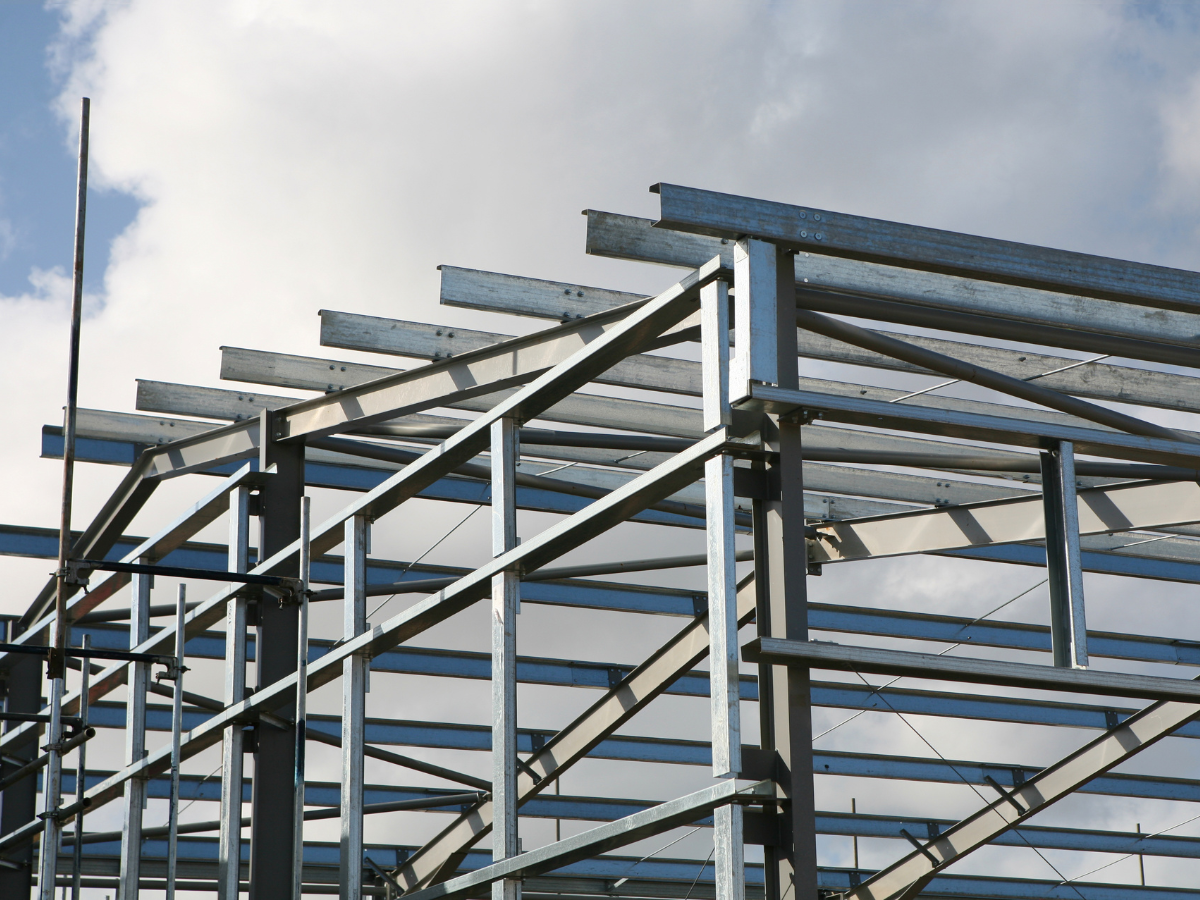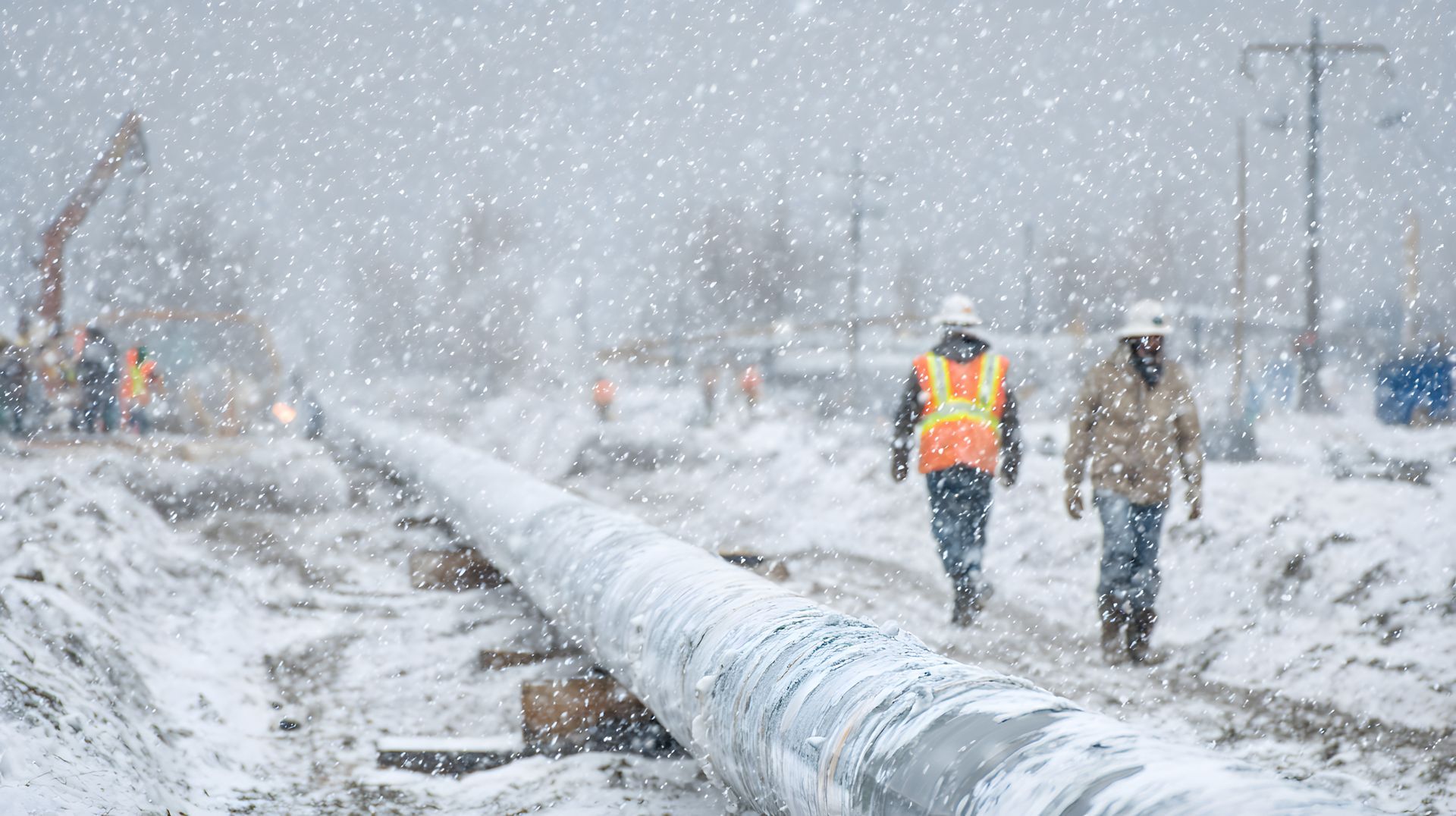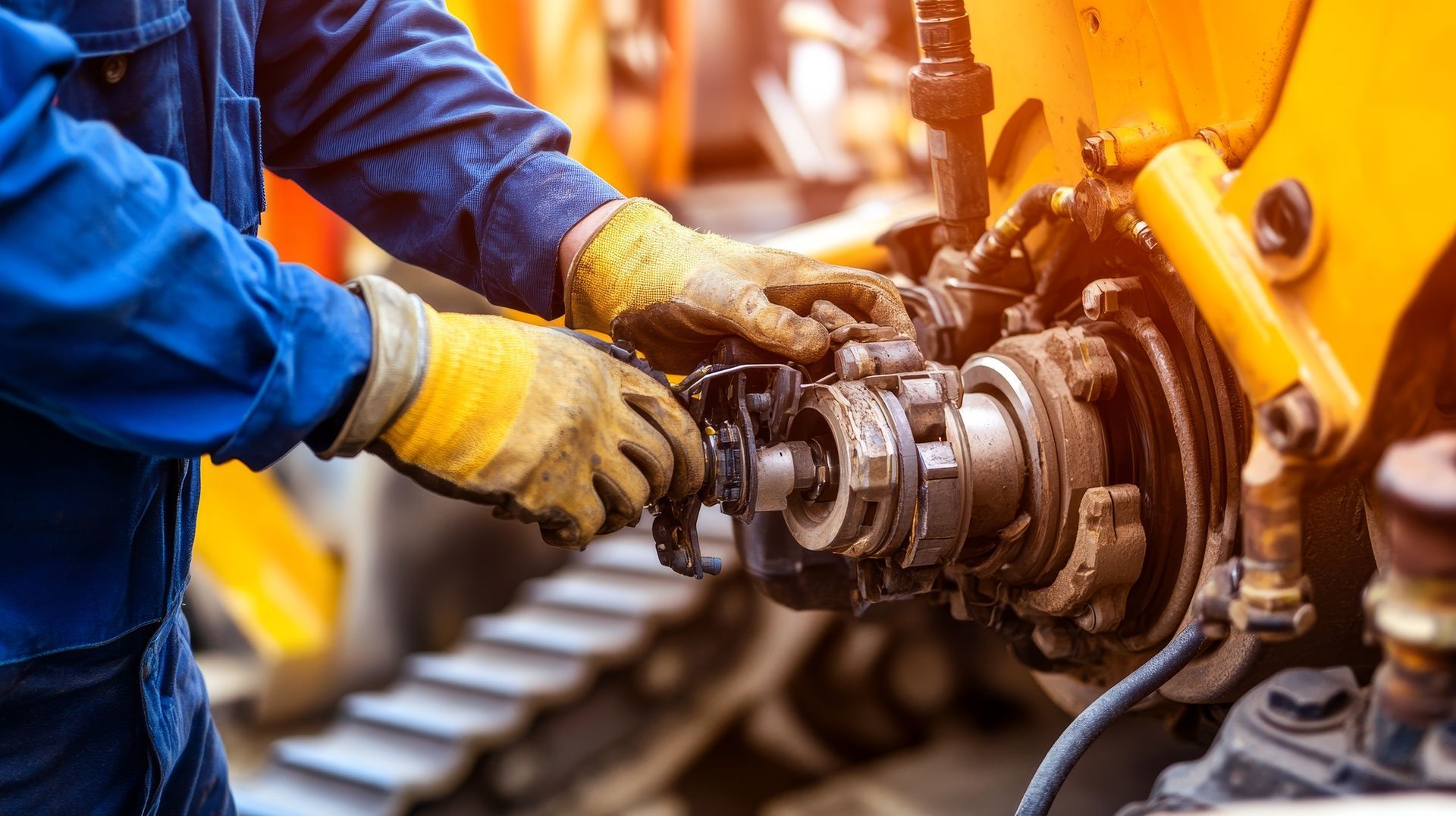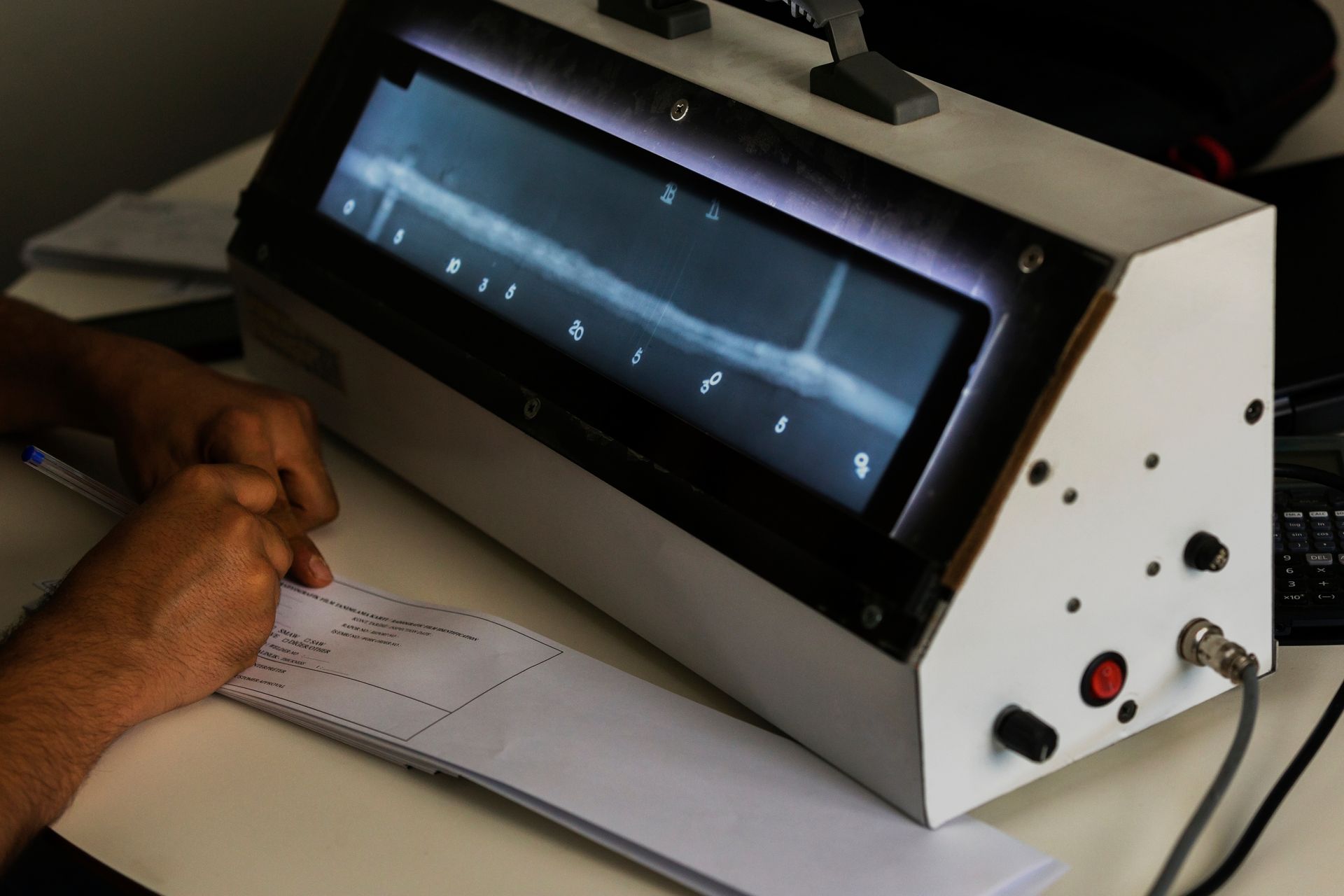What Happens If Structural Issues Go Undetected?
June 9, 2025
Structural integrity is the foundation of any building or infrastructure, ensuring safety and durability for its occupants. When structural issues go undetected, the consequences can be severe, ranging from costly repairs to catastrophic failures. Whether it’s a commercial building, residential home, or industrial facility, early detection of structural issues is crucial to maintaining the safety and longevity of the structure. In this blog, we’ll explore what happens if structural issues go undetected and why regular inspections and non-destructive testing (NDT) are essential for preventing major problems.
1. Increased Risk of Safety Hazards
The most immediate concern when structural issues are left undetected is the safety of the building’s occupants. Issues like foundation problems, cracks in walls, or weakened beams can lead to unsafe conditions. Over time, these problems can worsen, potentially causing sections of the building to collapse or floors to give way.
For example, unnoticed cracks in a foundation can spread, compromising the entire structure’s stability. In industrial buildings, structural issues like weakened steel beams can lead to catastrophic failures, putting workers at risk. Regular inspections using non-destructive testing methods can identify these issues early, allowing for necessary repairs before they pose a safety risk.
2. Escalating Repair Costs
When structural issues are not addressed promptly, the damage can compound, leading to significantly higher repair costs. What could have been a minor issue that could be fixed with minimal disruption can quickly turn into an expensive, time-consuming project. For example, a small crack in a foundation might be inexpensive to repair, but if it goes unnoticed, it can lead to water damage, mold growth, or even foundation failure, all of which require more extensive and costly repairs.
Regular inspections help catch these problems early, preventing them from escalating and ultimately saving money in the long run. NDT techniques, like ultrasonic testing or x-ray imaging, can detect structural weaknesses before they become major concerns.

3. Decreased Property Value
Structural issues, even if they are not immediately visible, can have a negative impact on the value of a property. If a building is found to have underlying structural problems, it can be much harder to sell, as potential buyers will be wary of potential future repairs. For commercial properties, structural issues can impact the ability to lease or rent space, as tenants may be reluctant to move into a building with known problems.
By performing regular structural inspections and addressing issues early on, property owners can maintain the value of their buildings and ensure that they remain attractive to buyers or tenants. NDT inspections provide an in-depth understanding of a building’s condition and can help prevent value-depreciating issues.
4. Increased Downtime and Disruption
For businesses, undetected structural issues can lead to prolonged downtime, which affects productivity and operations. If structural failures occur unexpectedly, businesses may have to close temporarily to make repairs, resulting in lost income and disruption. Additionally, emergency repairs can often be more expensive than scheduled maintenance, causing financial strain.
For industrial facilities, structural issues like cracked machinery supports or deteriorating equipment can lead to production delays or even machinery breakdowns. Scheduling regular NDT inspections helps identify weak spots and prevent unplanned downtime, keeping operations running smoothly.
5. Regulatory and Legal Consequences
Ignoring structural issues can lead to legal and regulatory consequences, especially for commercial properties. Building codes and safety regulations are in place to ensure that structures are safe and sound. Failing to maintain a building’s structural integrity can result in fines, legal actions, and even the closure of a facility.
In severe cases, if a structural failure causes harm or damage to others, the responsible party may face lawsuits or liability claims. By investing in regular inspections and addressing issues early, you can ensure compliance with local building codes and avoid potential legal problems. Non-destructive testing allows you to detect issues without damaging the structure, making it a reliable method for staying compliant.
6. Reduced Longevity of the Building
A neglected building with undetected structural issues will not last as long as one that is regularly maintained. Structural problems that go unaddressed will continue to worsen over time, shortening the lifespan of the building and necessitating more frequent repairs. This can lead to more extensive renovations or even complete reconstruction down the road.
By investing in regular inspections and making repairs early, you can extend the life of your property and delay the need for major overhauls. NDT methods like magnetic particle inspection and acoustic emission testing can detect flaws that may not be visible, allowing you to maintain the integrity of the structure for longer.
7. Increased Risk of Environmental Impact
In some cases, structural issues can lead to environmental damage. For example, cracks in the foundation can allow water to seep into the building, leading to water damage or mold growth. Over time, unchecked structural issues can cause further degradation, potentially releasing harmful chemicals or pollutants into the environment.
By regularly inspecting and addressing structural issues, you can prevent environmental damage and ensure the safety of both the building and its surrounding area. NDT methods help detect subtle issues that could have a bigger environmental impact if left unchecked.
Conclusion
Undetected structural issues can lead to serious consequences, including safety hazards, escalating repair costs, decreased property value, and legal consequences. Regular inspections, especially using non-destructive testing methods, are essential for identifying and addressing these issues early, before they cause significant damage. By staying proactive, you can ensure the safety, longevity, and value of your property.
At Steel City NDT, we specialize in non-destructive testing that can detect structural issues in their earliest stages. Contact us today to learn more about how our services can help you maintain the integrity of your building and avoid costly repairs down the road.





